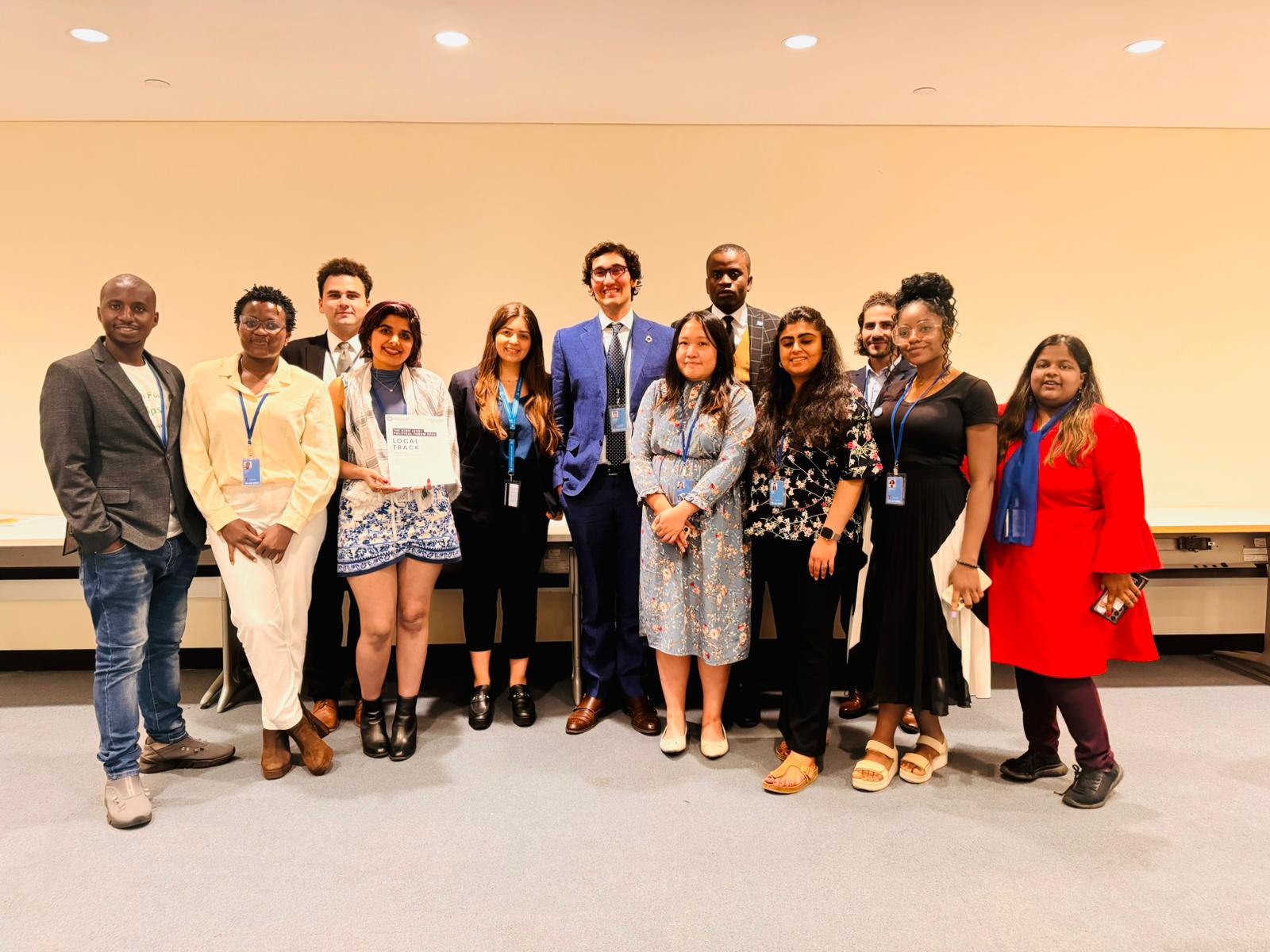HLPF 2024, Youth, & Children: What it’s about & How to Get Involved
HLPF 2024 or High-Level Political Forum 2024 is the United Nations’ High-Level gathering on the sustainable development goals (SDGs) in 2024. This is the 12th gathering, given the first seating happened on 24th September 2013 and happens each year under the auspices of UN ECOSOC (usually for 8 days) and just every 4 years under the guidance of The UN General Assembly (usually for two days).
HLPF is simply the UN’s major platform or program or body to review commitments and progress made on achieving sustainable development goals, also known as, the Global Agenda 2030. The forum also explores strategies to punch out the gaps, harness progress, and mobilize all required resources for this ambitious vision. As such, all UN Member States are supposed to attend, joined with civil society, private sector, individual experts and academia, and others.
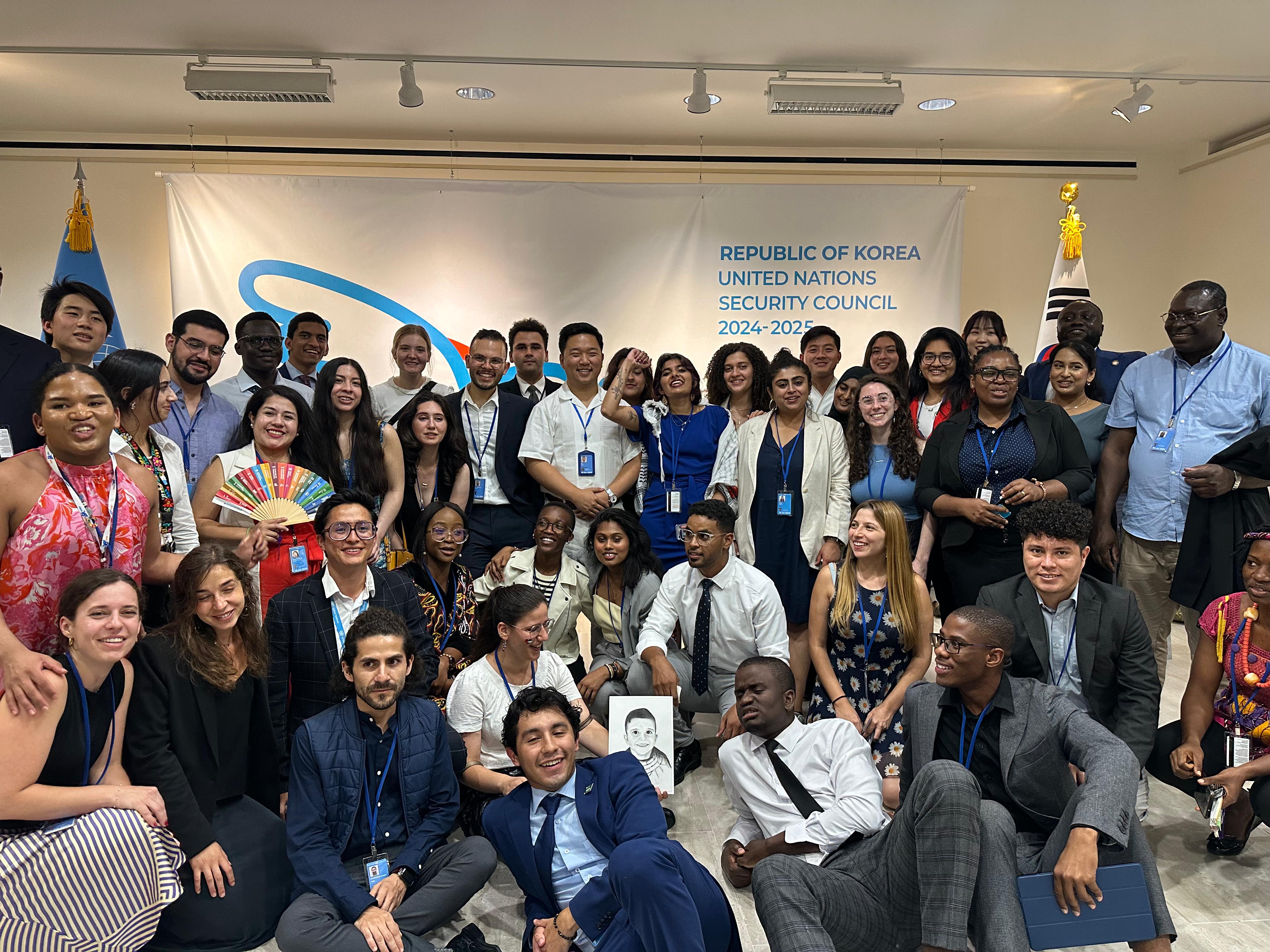
Of course, these words are easy to write here. However, to really be part of HLPF discussions on the ground is one of the difficult processes. And yet it is possible; I will show you (especially the young people interested).
Additionally, we have already talked about a lot that a newbie may not necessarily know. However, in this article, I will try to be as basic as possible. My goal is to enable you grasp what HLPF is, why it matters, and how to get involved if you like.
HLPF 2024’s main theme is “Reinforcing the 2030 Agenda and eradicating poverty in times of multiple crises: the effective delivery of sustainable, resilient and innovative solutions”. Participants are focusing on goals 1, 2, 13, 16, and 17. HPLF 2024 took place at the UN Headquarters, New York, from July 8th to July 18th 2024. See more details here.
NB: Did you know you can contribute to any of the sustainable development goals through entrepreneurship? Check our Sacred Entrepreneurship Program and Join the Next Cohort of Entrepreneurs.
As already highlighted, being a pro-socioeconomic developmental program, it’s indeed chaired by the UN ECOSOC (Economic and Social Council), which is the United Nations’ structural organ or principal organ for socioeconomic development issues across the world. You knew this, right?
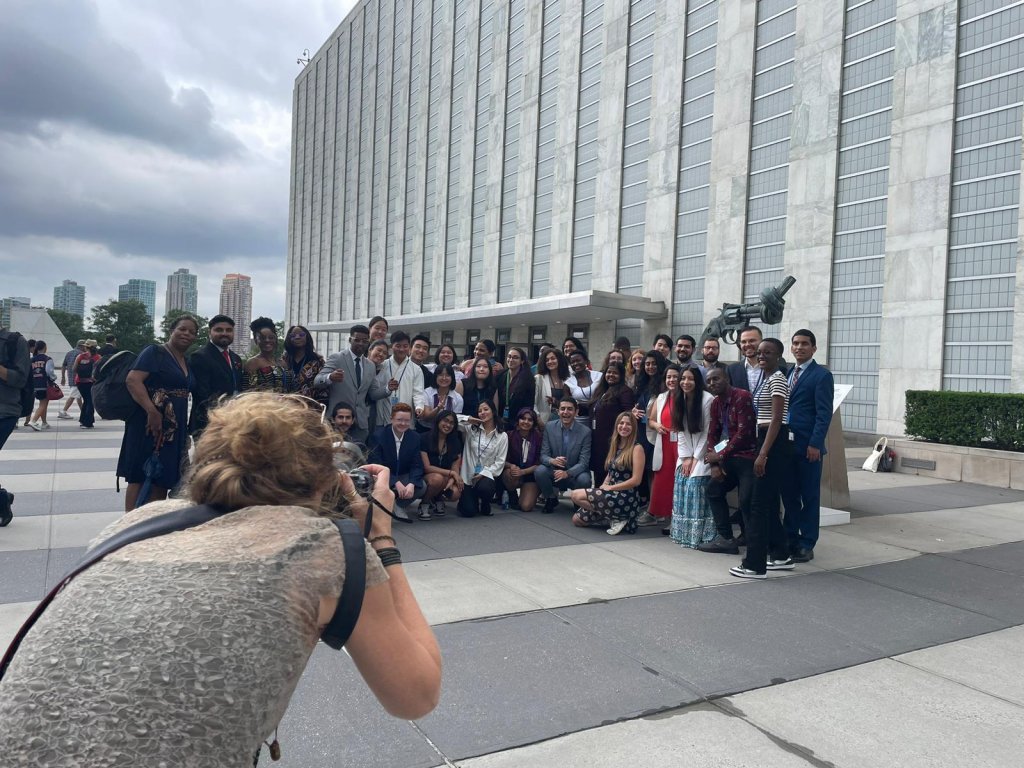
Well, whether you knew it or not, below is a helful note:
NOTE: UN is complex. But it is divided into just 6 main structures or principal organs, all formed in 1945 following World War 2: ECOSOC, The security council, UNGA (or The General Assembly), International Court of Justice (ICJ), the Secretariat, and the Trusteeship Council. It is only the ICJ (Hague, Netherlands) that isn’t in New York, USA!
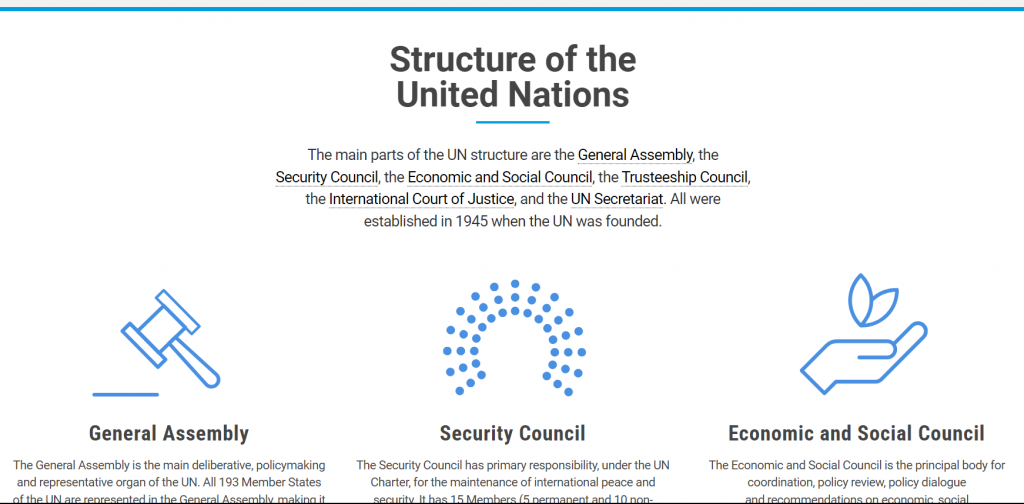
HPFL 2024 Basics: History and The Future, Let’s Dig In!
The history of the UN is a complex one and more political; we won’t go there! However, the history of sustainable development is more socioeconomical and relevant; we will go there!
Wait! We already explored the history of sustainable development and SDGs here, didn’t we? Check it out: The History of Sustainable Development in the UN system. In that interesting article, just mark that the story of HLPF began in 1992 exactly following the 1992 UN Conference on Environment and Development. It wasn’t called HLPF then; it was called the United Nations Commission on Sustainable Development (CSD).
READ THIS: The History of Sustainable Development and SDGs
In other words, following the 1992 conference, also known as ‘The Earth Summit’ or Rio Summit (read here), a resolution was passed by member states under the UN General Assembly to have a dedicated platform or program or commission to review the progress on the proposed actions, close gaps, and accelerate progress on sustainable development. This platform was called CSD.
Clear, isn’t it? Yes, we are saying that, in relation to the history of sustainable development in the UN system (or environment-conscious development), there were always efforts to monitor progress. In some cases, these were special committees or special reports commissioned some years following some resolutions or whatever.
However, specifically for Rio Summit or Earth Summit Resolutions, which happened in 1992, the UN put up CSD as the forum to carry out the monitoring and evaluation of the progress. Is this clear?
Good! Let’s now sum it up!
HLPF & CSD, how or why one became the other!

In 2012, during the 3rd UN conference on Sustainable Development, also known as Rio 2012 or Earth Summit 2012 (Brazil), participating leaders or delegates agreed they would replace Commission on Sustainable Development (CSD) with High-Level Political Forum (HLPF) on Sustainable Development, thereby commissioning its (HLPF) first meeting in September 2013.
Note from our brief history of sustainable development, the first UN’s meeting on sustainable development was in 1992 (Brazil) and the second in 2002 (South Africa).
But questions still remain: If HLPF’s job is to monitor the progress on the commitments for sustainable development (or SDGs), the same job that was being done by CSD, why were the changes necessary? Let’s dig deeper!
Why the Change from CSD to HLPF?
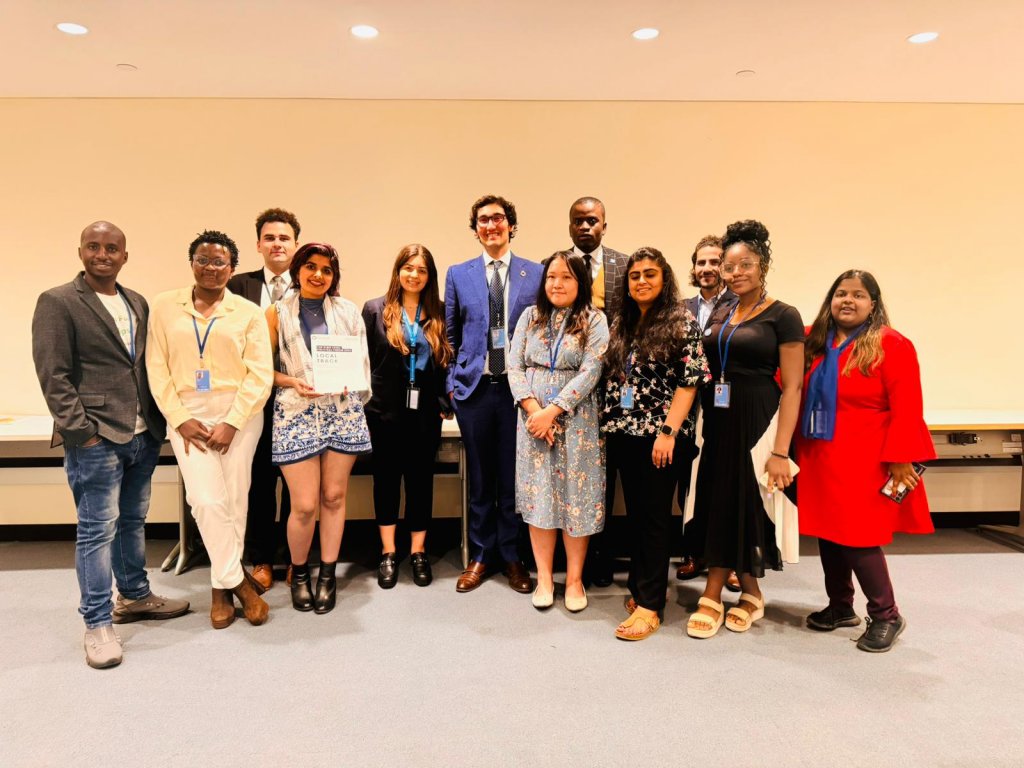
The answer can be seen in how complex and ‘high-level’ HLPF is compared to what CSD was. CSD was more focused on the resolutions from the Earth Summits, which was narrow. However, with development and complexities in sustainability and the consequent evolution of MDGs into SDGs, the UN needed a more robust and powerful platform to guide sustainable development. As such, partipation also was highly enlarged and made diverse to include all the civil society, individuals, and everything else as we see it today.
Importantly, the UN wanted to raise the political powers of the reviewing forum. While the CSD included high-level participants, the HLPF elevates this further by involving Heads of State and Government, especially during the sessions held under the auspices of the United Nations General Assembly (UNGA) every four years. This higher level of political engagement ensures greater visibility and commitment to sustainable development.
Lastly, the HLPF has a more rigorous and comprehensive review mechanism for the implementation of the SDGs, including voluntary national reviews (VNRs) and thematic reviews. This systematic approach helps identify progress, challenges, and areas needing accelerated action. Compared to what CSD was capable of, HLPF is progress. Wait! Are we progressing?
HLPF 2024, Children, and the Youth (UN MGCY): Why?
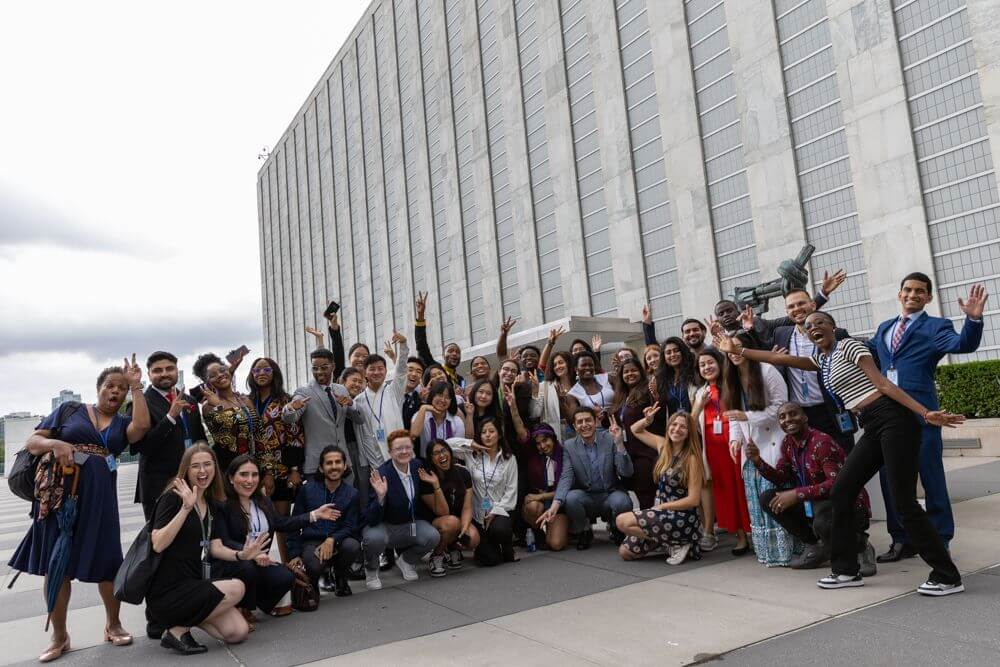
In other writings, for example the ones on chemicals and waste, we have already established how children and youth are more vulnerable and thus pivotal to the discussions (read here). I personally think the same reasons serve here. SDGs are about the future, the future which belongs to the youth and children.
Secondly, children and the youth are the most affected if no action is taken. Wars and violence around the world haunt the lives of adolescents, mostly women and children. Drought and shortage of water disproportionately affect young girls and women across the world. Poor education, digital gaps, unemployment, corruption, and unhelpful healthcare systems in developing countries are horrible dangers that disproportionately affect children, youth, and women.
Importantly, children and youth are not only victims; they are problem-solvers. Listen to how we (UN MGCY Youth) put it in the intervention I read to the delegates here at HLPF 2024, New York:
“Lastly, We request for inclusion and participation of more youth, women, and Indigenous peoples into this space, not as spectators, but as active participants, entrepreneurs, and investors. Today’s youth are more than just voices for awareness and advocacy; we are the ones running SDG businesses on the ground, investing our time, money, and skills. We must be at the centre of the discussions, not on the sidelines.”

NOTE: The UN system was not meant to involve youth or young people during its formation. As such, young people and various other groups have had a long journey fighting for a table in UN discussions. Youth and children are among those groups that are still less represented within the UN system. On the other hand, some UN organs or processes have tried to involve youth more than others. It is a complex world and we won’t explore everything in this article.
That said, it’s important to note that, following the consistent advocacy and call to involve many more stakeholders in the UN discussions, the UN Member States resolved to allow for creation of what they called ‘UN Major Groups‘ in 1992 during the first Rio Summit.
Major Groups are basically special groups or associations of stakeholders other than country Governments. UN MGCY (United Nations Major Group for Children and Youth) is simply one of the many major groups that have come up!
During their founding, they were about nine or so. They include (d) Major Group for Children and Youth, Women, Indigenous Peoples, Non-Governmental Organizations, Business and Industry, Local Authorities, Workers and Trade Union, Scientific and Technological Community, Farmers.
Today, the number of UN stakeholders has increased to accomodate other special groups, for example, the volunteers, the ageing, Persons with Disabilities, and more. Ideally, this should be viewed as progress.
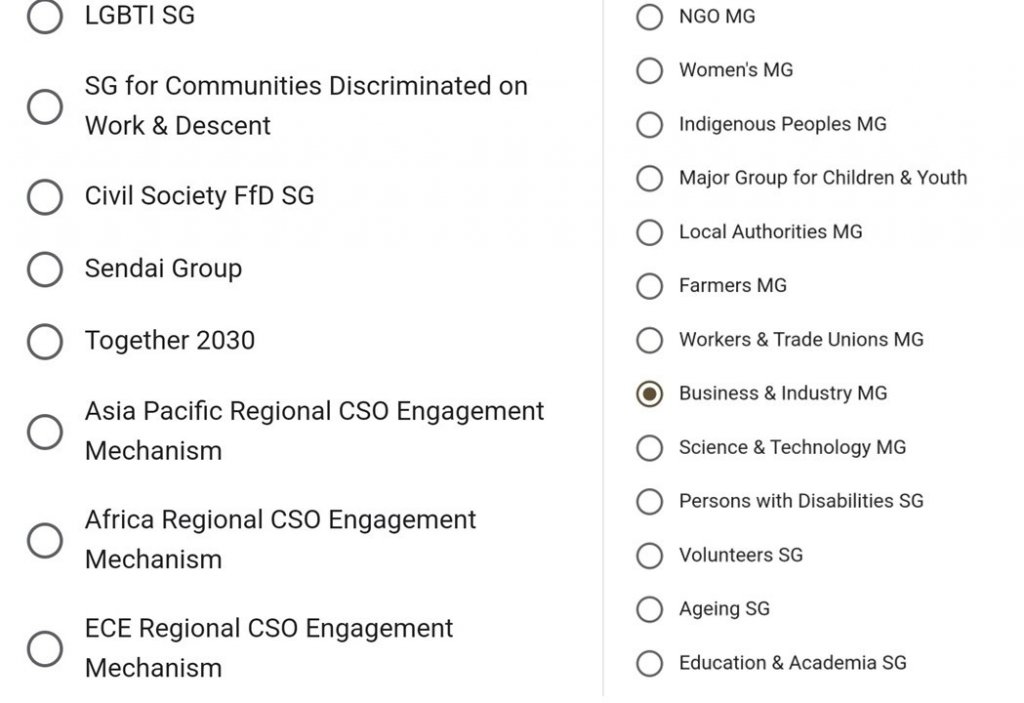
In short, we have agreed that youth and children are pivotal to any UN discussions, for they are the now and the future. Secondly, while children and youth are pivotal, the UN system was not designed with them in mind. Fortunately, the UN recognized this gap and tried to rectify it through UN Major Groups. While the journey is still long and the true participation of youth and children in UN processes is yet to be fully realized, we acknowledge there have been serious milestones and all we can do is fall forward.
How Can Someone Get Started with UN Processes like HLPF 2024?
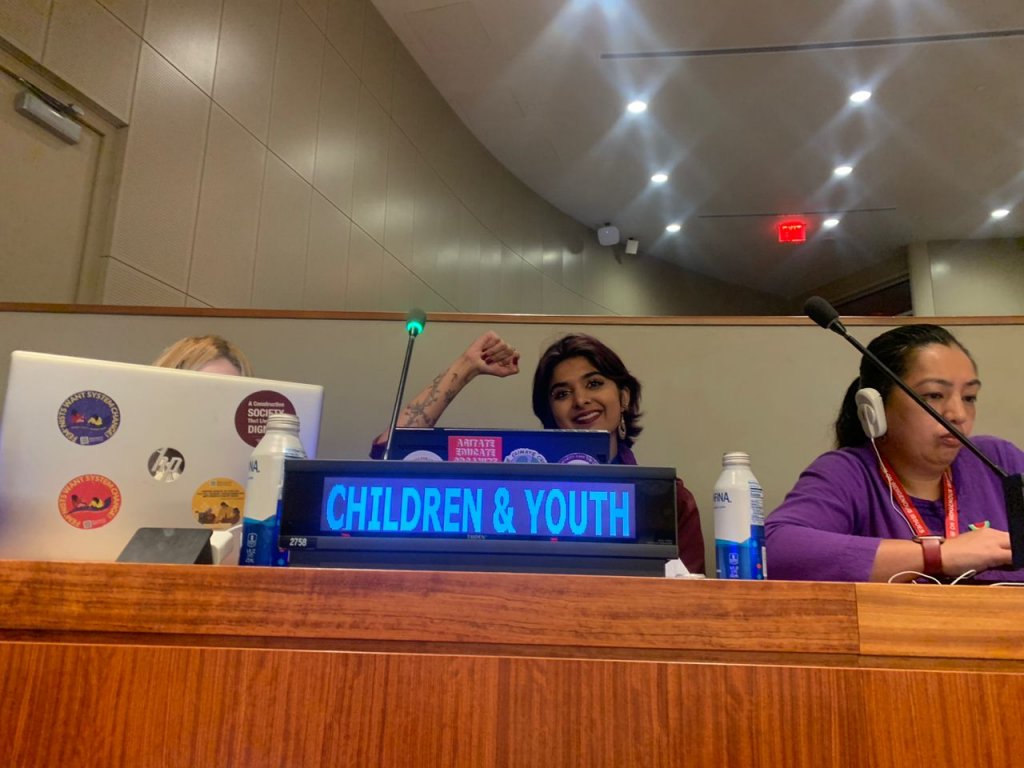
Do you remember the steps of getting started with UN conferences on climate change, also known as the COP conferences? We discussed them here. And the same steps apply here. While I referred you to YOUNGO, a youth-focused platform that links youth to UN’s work on climate change, here I refer you to UN MGCY.
In brief, join the Major Group for Children and Youth and the rest will be history! Join UN MGCY doesn’t require you to have any formal papers or come from certain region or anything; just click and join here.
Joining the group is the first and basic step. However, per trending UN events, there are further registration and approval steps that one goes through. However, once a member of the group, they will always offer the support and guidance for every UN event or process happening. Additionally, note there are many themes under MGCY and you don’t necessarily have to tie yourself to, for example, HLPF forums only.
As already highlighted, there are other major groups as well. You can explore each of them and see where your heart lies. There is a Children and Youth Major Group to the UNEP (CYMG). I love this group and its work within the UNEP. Explore it here and join.
In the end, the point is, joining UN processes require you to join any group that is already accredited to send representatives to the UN. For children and youth, groups like YOUNGO, MGCY, CYMG, and others quickly pop up! However, there are many more options than we have actually explored here. So take your pick!
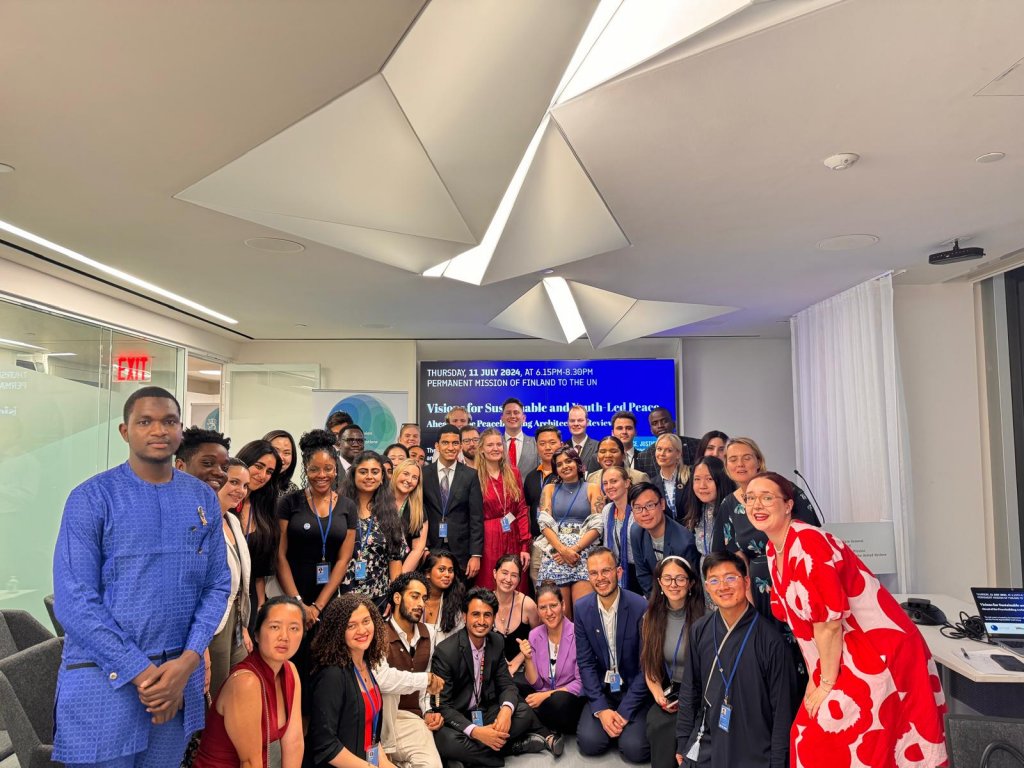
NEXT: In the next article, I will try to share my personal experience with HLPF 2024, which is technically my first experience with the whole of this process. Where possible, I will try to capture the experiences of others in the same article as well. Stay tuned for that. For now, chao chao.

